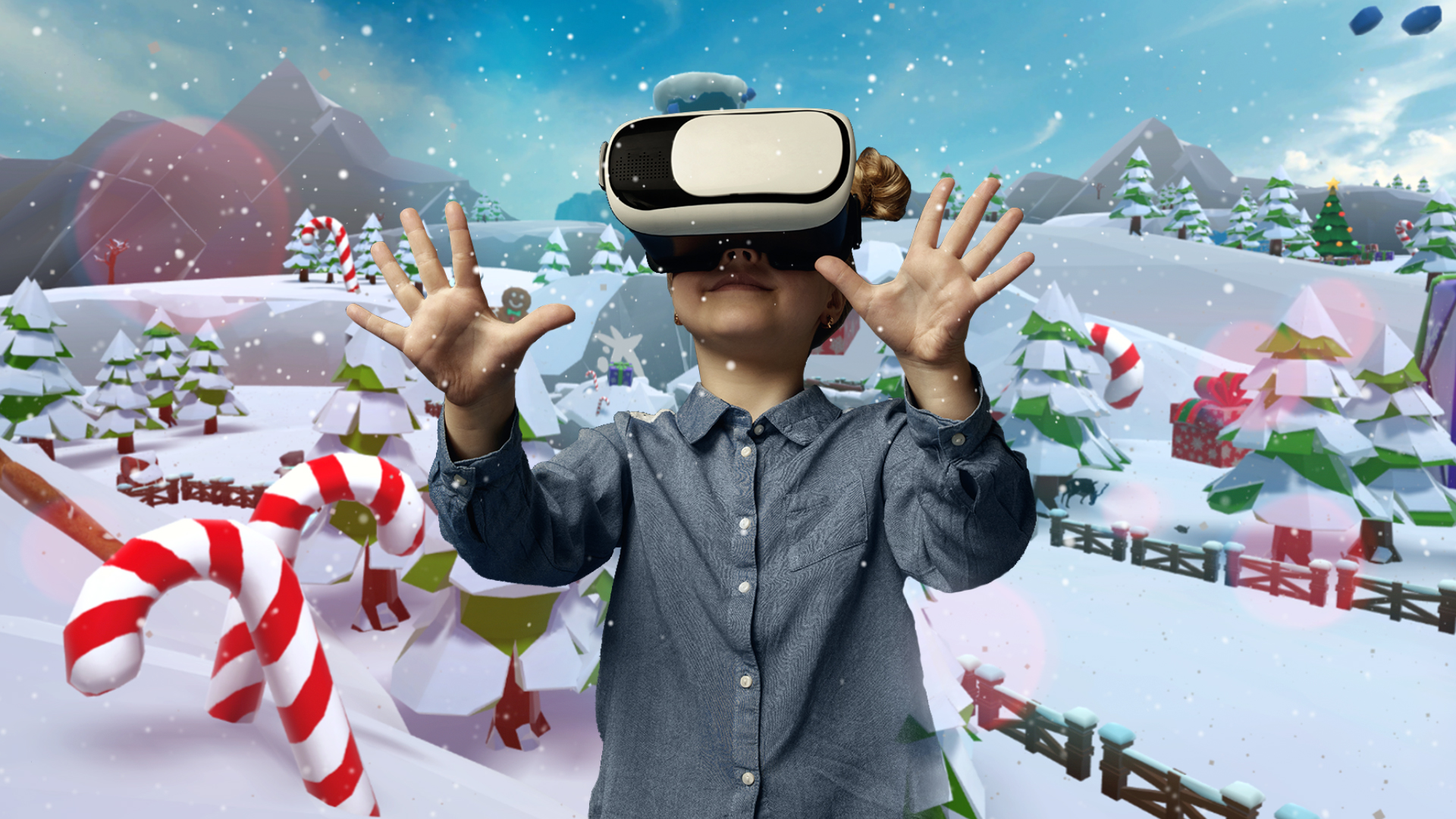The current hype surrounding generative AI has pushed the metaverse out of the headlines, but companies from Meta to Apple and Microsoft are still committed to the vision of immersive 3D overlays to existing web content, as well as more ambitious developments in AI-enabled Augmented Reality (AR) and Virtual Reality (VR).
However, the experiences of these technology giants is useful in thinking about how banks (and indeed other businesses) should approach the metaverse.
As with any technology, to be useful the metaverse needs clear use cases and a defined audience for those use cases. This means thinking about which elements of the metaverse make sense for which customers and for what business objectives. It also means concentrating on use cases where the metaverse can genuinely enhance the existing interaction, not simply re-skin it. Not everything is necessarily better in a virtual 3D world.
CaixaBank, a metaverse pioneer
One bank that understands this and has launched a variety of different metaverse initiatives is Iberian leader CaixaBank.
Like other institutions, CaixaBank has used the metaverse to explore customer reactions to digital innovation by starting with the obvious: Collective virtual spaces can be used to literally replace physical interaction – in banking a virtual branch can perform most if not all of the functions of bricks and mortar, enabling customers unable to visit branches to benefit from virtuality, and also attracting younger customers already used to operating in virtual worlds.
For example, in gaming, its fintech bank, imagin, jointly with PlayStation, through PlayStation Spain and PlayStation Talents, has organised a hackathon to develop video games in virtual reality to foster innovation in the video game industry and in the metaverse.
Like other institutions, CaixaBank has used the metaverse to explore customer reactions to digital innovation by starting with the obvious: Collective virtual spaces can be used to literally replace physical interaction
Across the border, BPI, CaixaBank’s Portuguese subsidiary, has opened the BPI VR branch, its first VR branch and the CaixaBank Group’s first virtual bank branch.
BPI VR is a 3D, fully immersive, virtual branch with various business areas and sectors (individuals, private banking, corporate banking, youth (AGE) and sustainability) that provides access to the content of banking services by using the VR headset by Meta (Facebook). Customers will be able to walk through the branch’s two floors, learn more about BPI’s offering (simulators for savings products, mortgages and personal loans, among others) and enjoy entertainment features, such as a virtual minigolf game.
The bank will also provide virtual reality equipment in more than 100 branches in Portugal so customers can visit the BPI VR branch and learn about how virtual environments can enhance their banking experience.
Education and information
But the metaverse is more than just a virtual replica of existing functionality. It is also tailor-made for the creation of rich educational and information resources that help customers better understand businesses’ products and services. And this includes non-traditional content that can help achieve broader social aims while also acting to market the organisation to new and younger customers.
For example, on the occasion of the 2023 Earth Day (22nd April), CaixaBank launched an environmental awareness initiative with an innovative activity in the metaverse at its in one flagship hubs, located throughout Spain. Customers participated in a virtual tour where they had to overcome a series of challenges in different nature environments. The aim was to raise awareness of the need to take care of the environment, but they also served to connect customers with CaixaBank’s highly developed stance on ESG, thereby reinforcing a positive image of the bank.

In a similar vein, last Christmas the bank invited its customers to experience innovative Christmas VR celebrations. Through virtual reality headsets, children were able to enter a Christmas universe and participate in a series of festive activities. Through this experience, children had the opportunity to discover that the metaverse can be both fun and educational.
AI, metaverse and a work in progress
As Meta itself has emphasised, AI is one of the keys to unlocking the full potential of the metaverse and to this end CaixaBank has also signed a strategic joint innovation agreement with Microsoft to explore opportunities for AI application in new financial solutions, as well as to create new and innovative work environments in the metaverse.
It is easy to forget how dismissive many people were at the beginning of the internet era, and how many people believed the dot com boom signalled the end of the web. Digital innovation evolves in jumps, interspersed with periods of stasis and missteps. The metaverse will be no exception.
CaixaBank understands that digital transformation has to be based on real improvements in customer experiences and the delivery of genuinely value-added products and services. Its metaverse initiatives are all part of a process of discovery for the bank and its customers to explore this new virtual world and find opportunities for mutual benefit.
This is the third article in a series produced by CaixaBank. Other articles in the series can be viewed on the following links:





